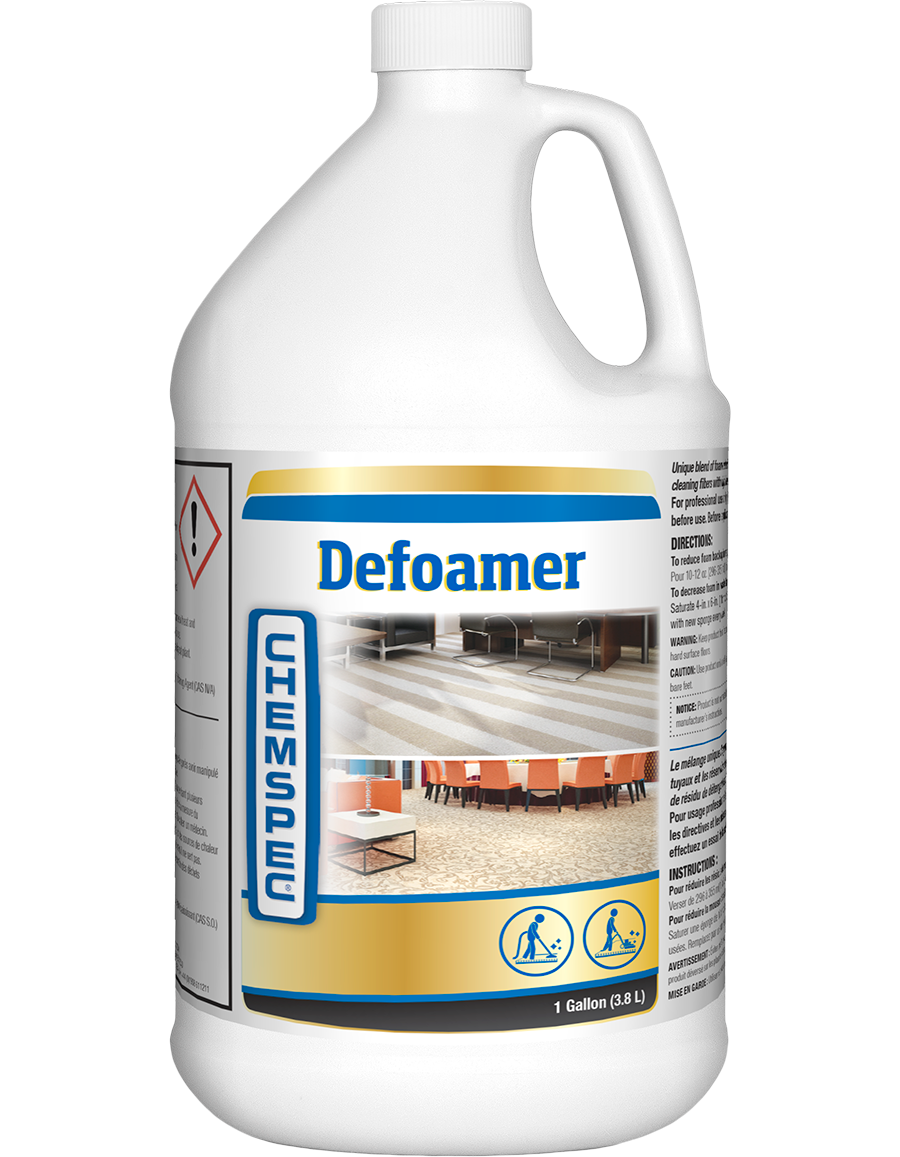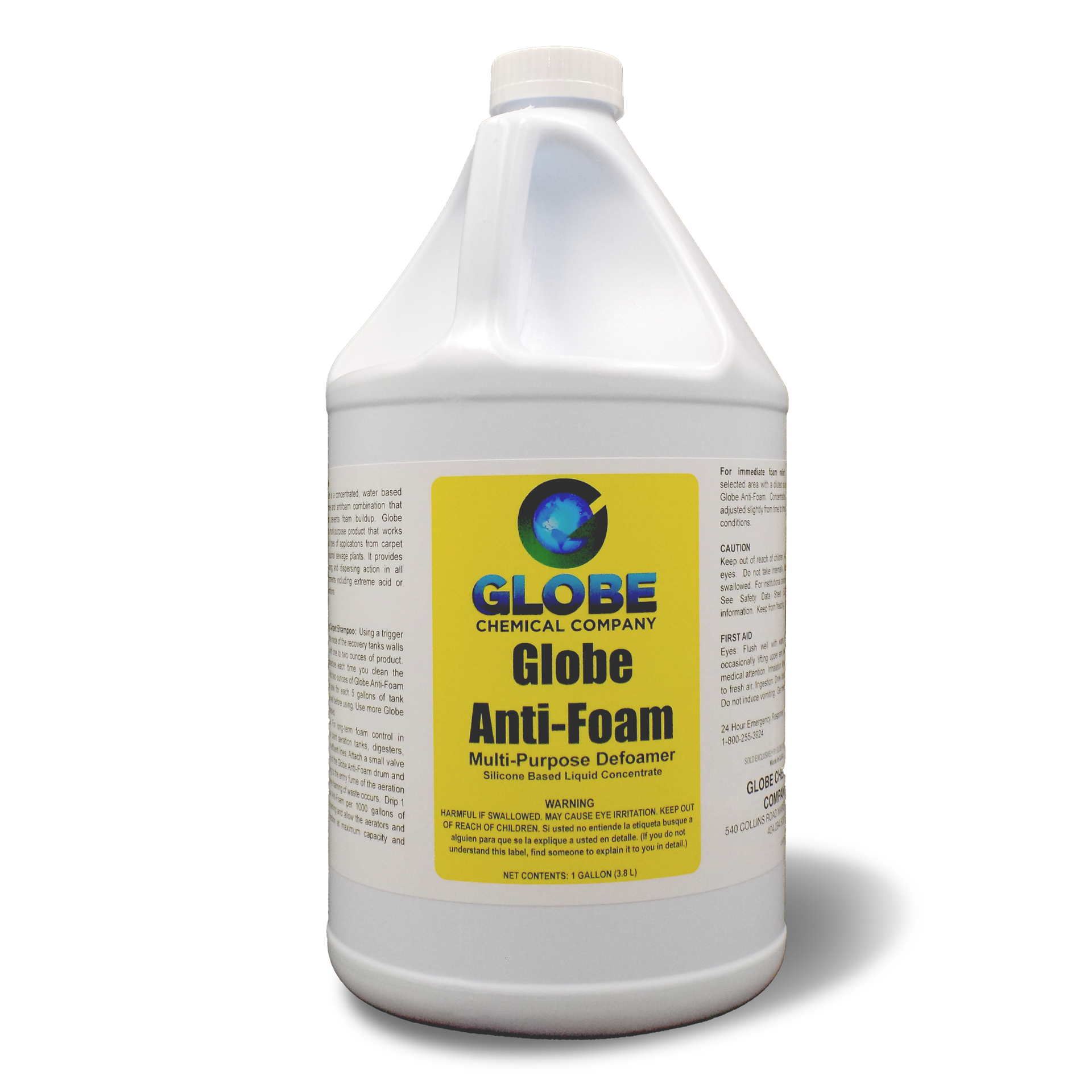The Most Efficient Ways to Utilize Chemical Defoamer for Optimal Effectiveness
The Most Efficient Ways to Utilize Chemical Defoamer for Optimal Effectiveness
Blog Article
Understanding Exactly How a Chemical Defoamer Works to Enhance Industrial Processes
Chemical defoamers play a crucial role in optimizing industrial processes by successfully minimizing foam-related challenges. Their ability to lower surface tension and interrupt bubble formation equates right into smoother procedures and improved performance. The mechanisms behind their action and the variety of available formulations require a closer evaluation. Understanding these aspects could expose considerable insights into not only improving manufacturing yet additionally attaining price savings throughout numerous fields. What continues to be to be checked out is exactly how these defoamers can be tailored to meet specific functional demands.
What Is a Chemical Defoamer?
A chemical defoamer is a material particularly developed to reduce or remove the development of foam in numerous commercial processes. Foaming can interfere with manufacturing effectiveness, influencing the high quality and performance of products in industries such as food and beverage, drugs, and wastewater treatment. Defoamers are crucial in these applications, as too much foam can cause operational obstacles, such as overflow, minimized mixing performance, and hindered warmth transfer.
These agents typically contain a combination of surfactants, oils, and various other additives that function to destabilize the foam framework. They are developed to promptly migrate to the foam's surface area, successfully damaging the surface stress and enabling the collapse of bubbles. The option of a suitable defoamer is essential, as different solutions may be customized for particular procedures or sorts of foam (Chemical Defoamer). Aspects such as compatibility with various other components, temperature level stability, and the designated application play a significant function in the effectiveness of a defoamer.
Systems of Defoaming Activity
The systems of defoaming activity include intricate communications in between the foam and the defoamer framework. When a defoamer is presented to a frothing system, it moves rapidly to the surface of the foam bubbles, displacing the stabilizing agents that contribute to foam stability.
As smaller bubbles combine right into bigger ones, the total security of the foam lessens. Additionally, particular defoamers might have hydrophobic parts that boost their capacity to undercut the foam by developing an obstacle that hinders bubble development. This double action-- surface tension reduction and destabilization-- enables an extra reliable breakdown of foam.

Additionally, the viscosity and spreading characteristics of the defoamer play crucial duties in its efficiency. A well-formulated defoamer will guarantee rapid movement and ideal performance, minimizing foam development during industrial procedures. By comprehending these mechanisms, sectors can much better select and use chemical defoamers to enhance operational performance and item quality.
Kinds of Chemical Defoamers
Chemical defoamers can be classified into numerous types, each tailored to certain applications and foam challenges. The primary classifications consist of silicone-based, non-silicone-based, and powder defoamers.
Silicone-based defoamers are extremely effective due to their capability to spread out rapidly throughout liquid surfaces. Non-silicone-based defoamers, on the various other hand, typically count on organic substances like fatty acids or esters.
Powder defoamers consist of strong particles that can be contributed to completely dry processes or solutions. They are typically made use of in processes where liquid defoamers might not work, supplying an unique service for details applications, such as in the production of specific kinds of powders or plastics.
Additionally, each kind of defoamer can be tailored with various additives to improve performance, such as emulsifiers or surfactants, permitting adaptability in addressing different foaming scenarios throughout several markets.
Applications in Industrial Processes

In the food and beverage sector, defoamers are important during the manufacturing of juices, beers, and dairy items, where excessive foam can prevent mixing and purification processes. By reducing foam development, defoamers help preserve consistent item quality and enhance processing times.
In drugs, the visibility of foam during the blending and formula of medications can impact dose precision and product security. Defoamers guarantee smooth procedures, thereby promoting the manufacturing of top notch pharmaceuticals.
Wastewater therapy centers also depend on defoamers to control lathering in oygenation tanks, which can or else minimize treatment effectiveness and make complex sludge handling. By successfully taking care of foam, these chemicals improve the general performance of treatment procedures and add to regulatory compliance.

Benefits of Using Defoamers
While foam can offer substantial difficulties across various sectors, making use of defoamers uses many benefits that enhance functional effectiveness and product stability. Defoamers effectively get rid of or decrease foam formation, bring about smoother manufacturing processes and boosted item quality. This decrease in foam lessens interruptions throughout production, allowing for continuous procedure and increased throughput.
In addition, the application of defoamers can cause cost financial savings by reducing the need for excess raw products and energy intake connected with foam management. By maximizing the production procedure, producers can accomplish higher returns and lower waste, ultimately boosting success.
Additionally, defoamers add to better equipment efficiency. Foam buildup can bring about clogging, overflow, and tools wear, resulting in pricey downtime and maintenance. By stopping these issues, defoamers prolong the life-span of machinery and lower operational prices.
Conclusion

A chemical defoamer is a material particularly formulated to remove the formation or lower of foam in different industrial procedures. When a defoamer is introduced to a frothing system, it migrates swiftly to the surface of the foam bubbles, displacing the stabilizing representatives that contribute to foam stability. A well-formulated defoamer will certainly guarantee rapid migration and optimal efficiency, reducing foam development during commercial processes. Defoamers successfully eliminate or minimize foam formation, leading to browse around this web-site smoother manufacturing processes and enhanced item quality.In verdict, chemical defoamers play an important duty in enhancing industrial procedures by efficiently minimizing foam formation.
Report this page